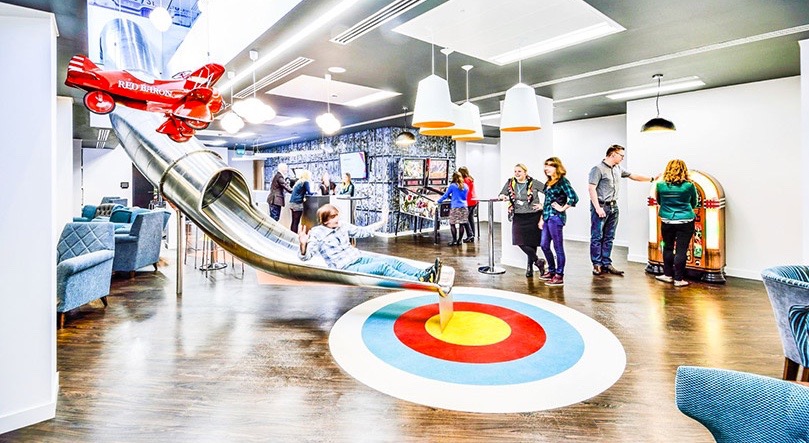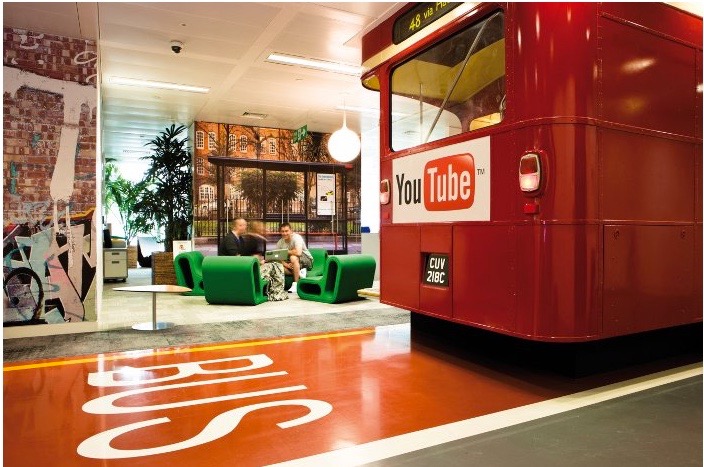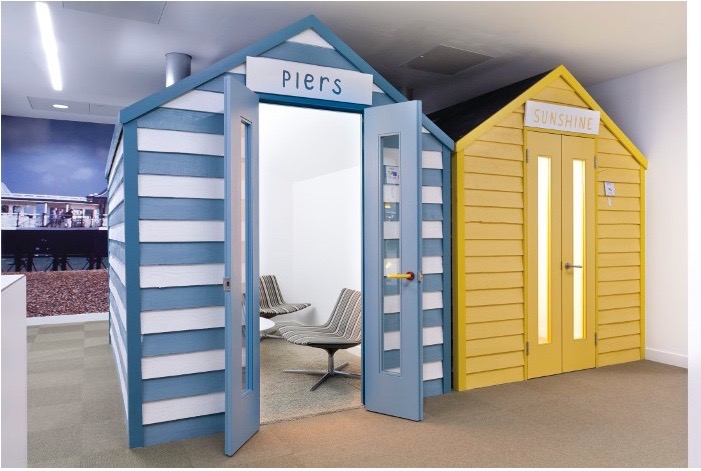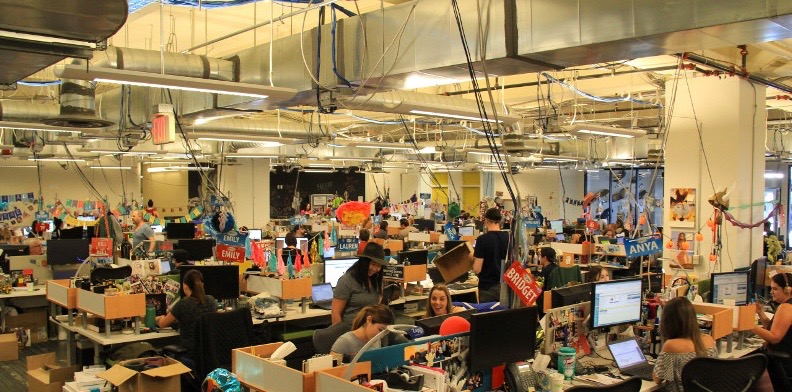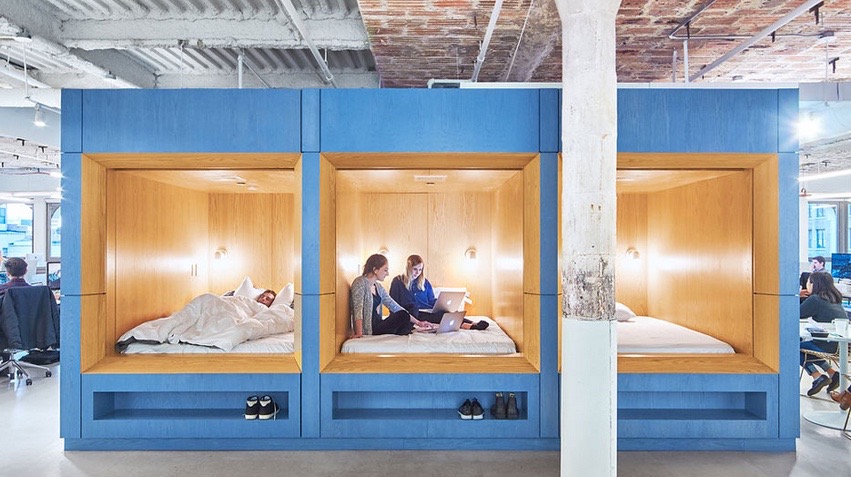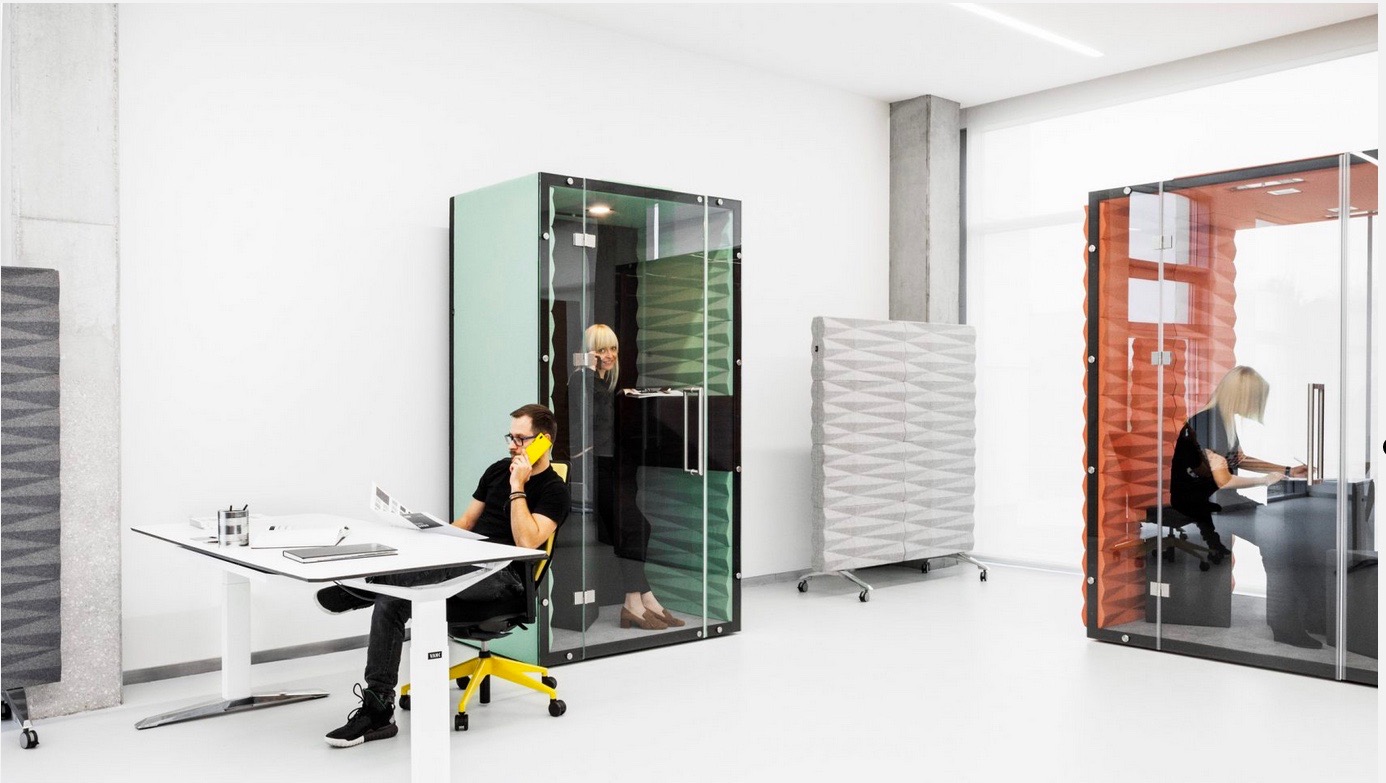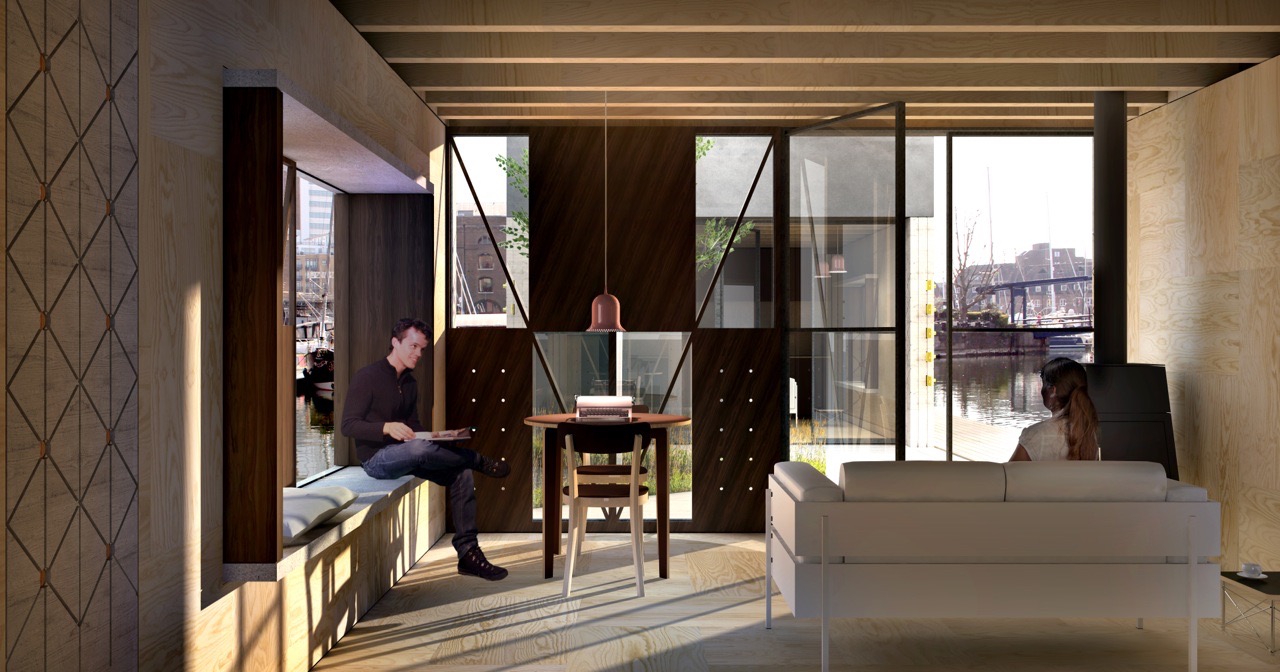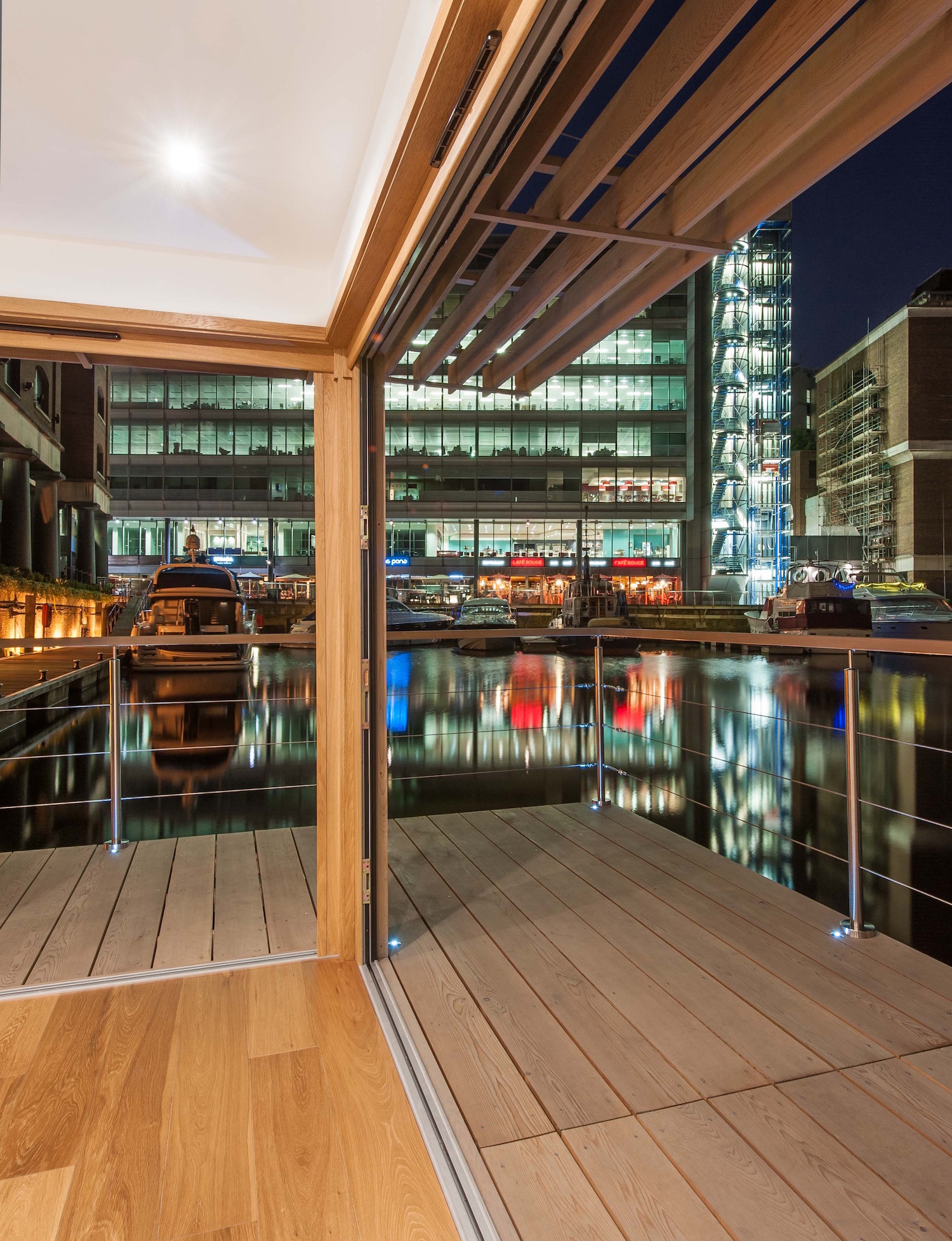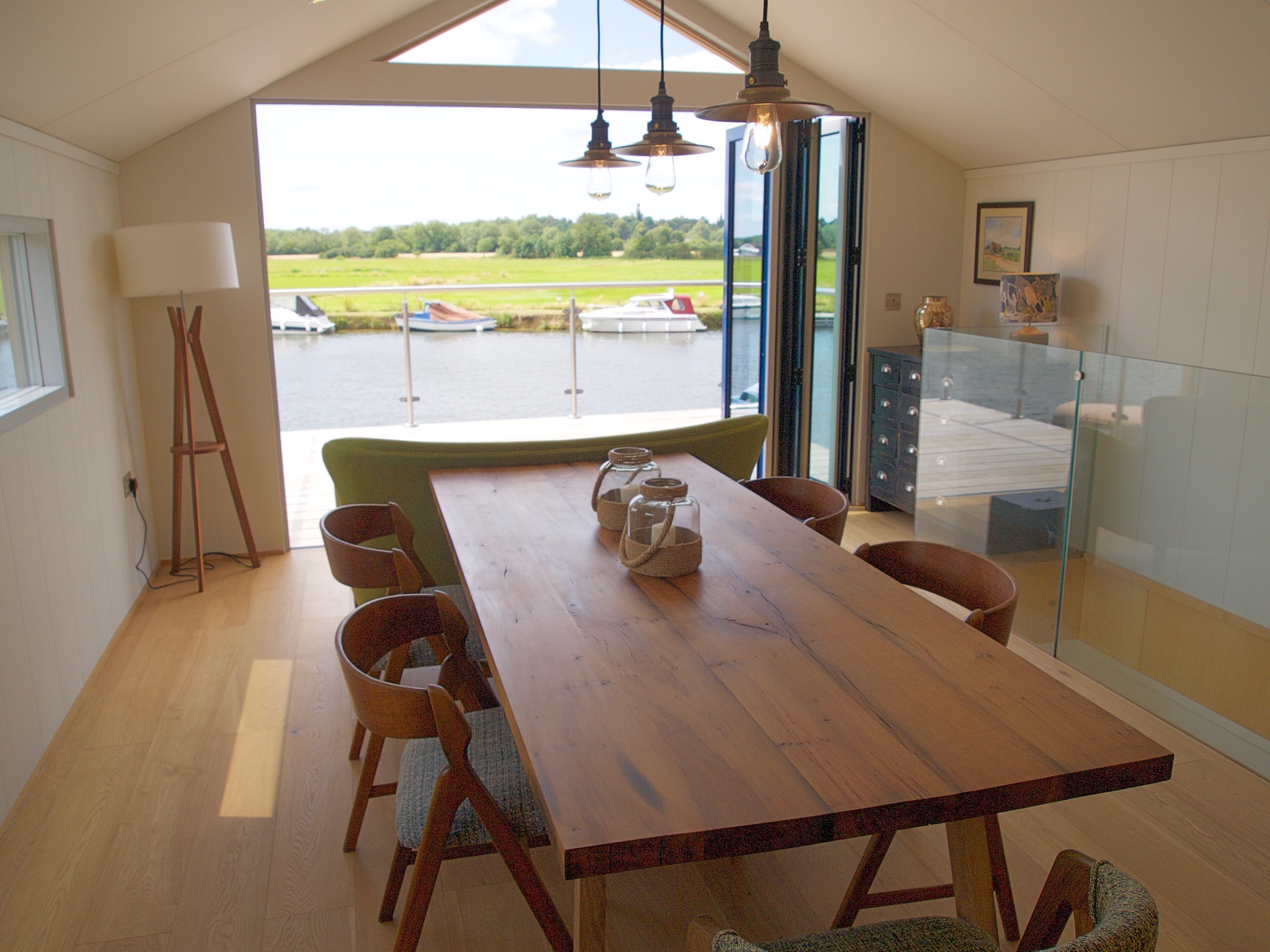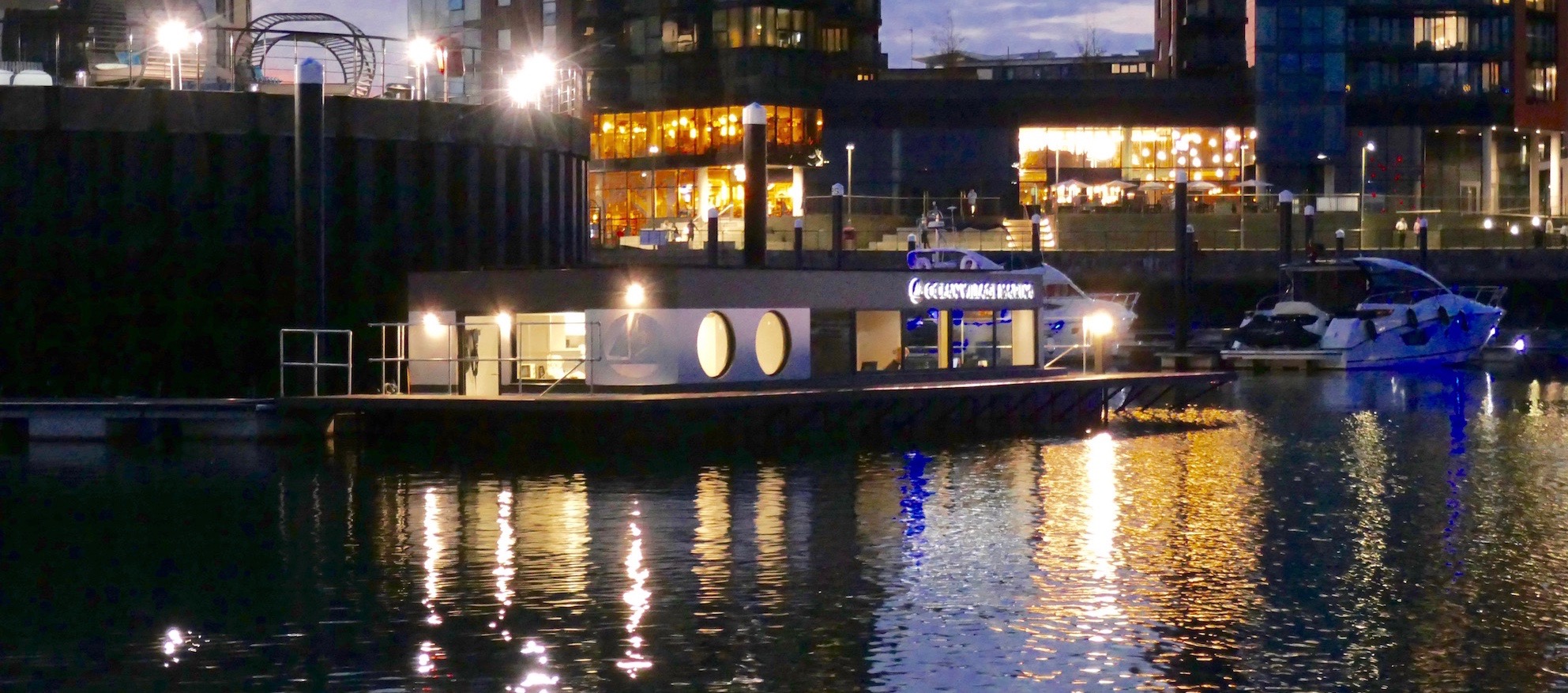Boundaries Shaping the Workspace
In the contemporary ‘typing pool’, it’s all about being seen working
The ‘office’ has gone through many different configurations over the last century. Throughout it all, from the typing pools of the 1940s, to Facebook’s cavernous HQ, the trend of open-plan offices persists. It never shows quite the same face: sometimes it’s a crammed, musty line of ancient desks, and sometimes it’s a hipster-friendly corporate playground overgrown by succulents.
Why is the open-plan office so popular? Is it a question of pure yield? By not having separate spaces, you can certainly fit in more desks per square metre. Or is it really more efficient? A manager might feel that, if you can see everyone, you can control what they’re doing. Some say it improves communication. After all, if your colleagues are on the next desk over, you can share a thought at a moment’s notice.
The efficiency myth
On paper, it makes sense. Get more people into the space – reduce your overheads, keep control of your troops, get them all working together. Unfortunately, human beings aren’t designed to function that way. Innately, we prefer to be part of smaller groups, and to have a space of our own so we can retreat from stressors if necessary. Being under constant surveillance is stressful, and when we’re stressed, we’re less productive. The research – and there’s been a lot of research into the ideal workspace – bears this out.
A survey of 1,000 workers in Australia showed that workers become less productive and friendly when the number of people they share an office with increases. "Shared work environments, and in particular hot-desking, are associated with increases in distraction, negative relationships, uncooperative behaviours and distrust," said the report." As work environments became more shared, not only were there increases in demands, but co-worker friendships were not improved.”
Additionally, a 2018 study by Harvard Business School found that open offices reduce face-to-face interaction by approximately 70% and increase email and messaging by up to 50%. So much for the benefits of efficient communication. And the open-plan environment is not conducive to employee health, either.
A drain on wellbeing
Queensland University of Technology researcher Dr Vinesh Oommen performed a large-scale literature review of the research on open-plan offices and their effect on employees. "In 90% of research, the outcome of working in an open-plan office was seen as negative, with open-plan offices causing high levels of stress, conflict, high blood pressure, and a high staff turnover.
"It has been found that the high level of noise causes employees to lose concentration, leading to low productivity, there are privacy issues because everyone can see what you are doing on the computer or hear what you are saying on the phone, and there is a feeling of insecurity.
"There is also a higher chance of workplace conflicts - sitting so close to someone that each time their phone rings you can get irritated.” Dr Oommen also said that working in an open-plan office could contribute to higher blood pressure and an increased risk of illnesses, as bugs such as the influenza virus are easily passed around in that environment.
Retreat from the open office
How can we move beyond the disruption of the open office? As we have seen, it is stressful to maintain rapport and relationships with vast groups of people. We are happy to work together, but if the groups are too big, it becomes untenable. We feel more comfortable in smaller groups.
When people are allowed to naturally congregate into their work groups, they will be more productive. Having your own space makes you less likely to be defensive. We will still choose to be alongside like-minded people, as long as there are spaces to wander into, where we can meet. For bigger projects, communication technology allows us to interact with other groups.
Building on a human scale
With the tools available to us now, we can make buildings that capture that co-working structure. Spaces can be designed to be much more flexible. When a company structure requires co-working environments, we can create an interconnected series of spaces, instead of one big bullpen. This works on a human level, because we're operating in the smaller groups in which we naturally feel at ease.
When you build in the city, you have to put up big buildings with huge floors to make sense of the economics – but looking beyond the city, fresh opportunities are opening up. New production methods allow us to build in previously untenable places, such as floodplain land. The benefit of floodplain areas is that the land is practically free. This cheap land, which is so close to nature, offers the chance to build a space which is about proper co-working.
What do we do with the space where Essex boat builders of the 19th and early 20th century supported whole local communities?
Because we're using land that is difficult to build on traditionally, we don't have to put a skyscraper to make the money work. The economic pressure you get in the city doesn’t apply to these floodplain areas. This allows us to introduce benefits to the space. Here, a business can provide a community resource, not just in terms of jobs, but in the way it is constructed. We can build our new offices on a human scale.

